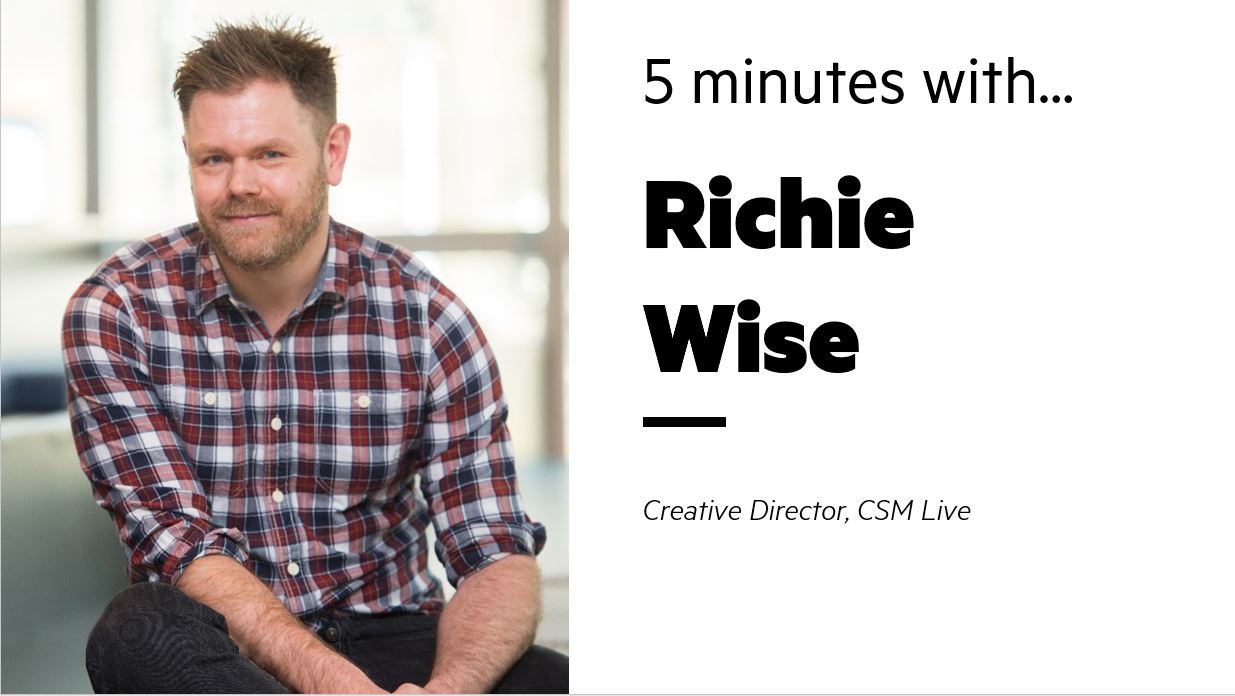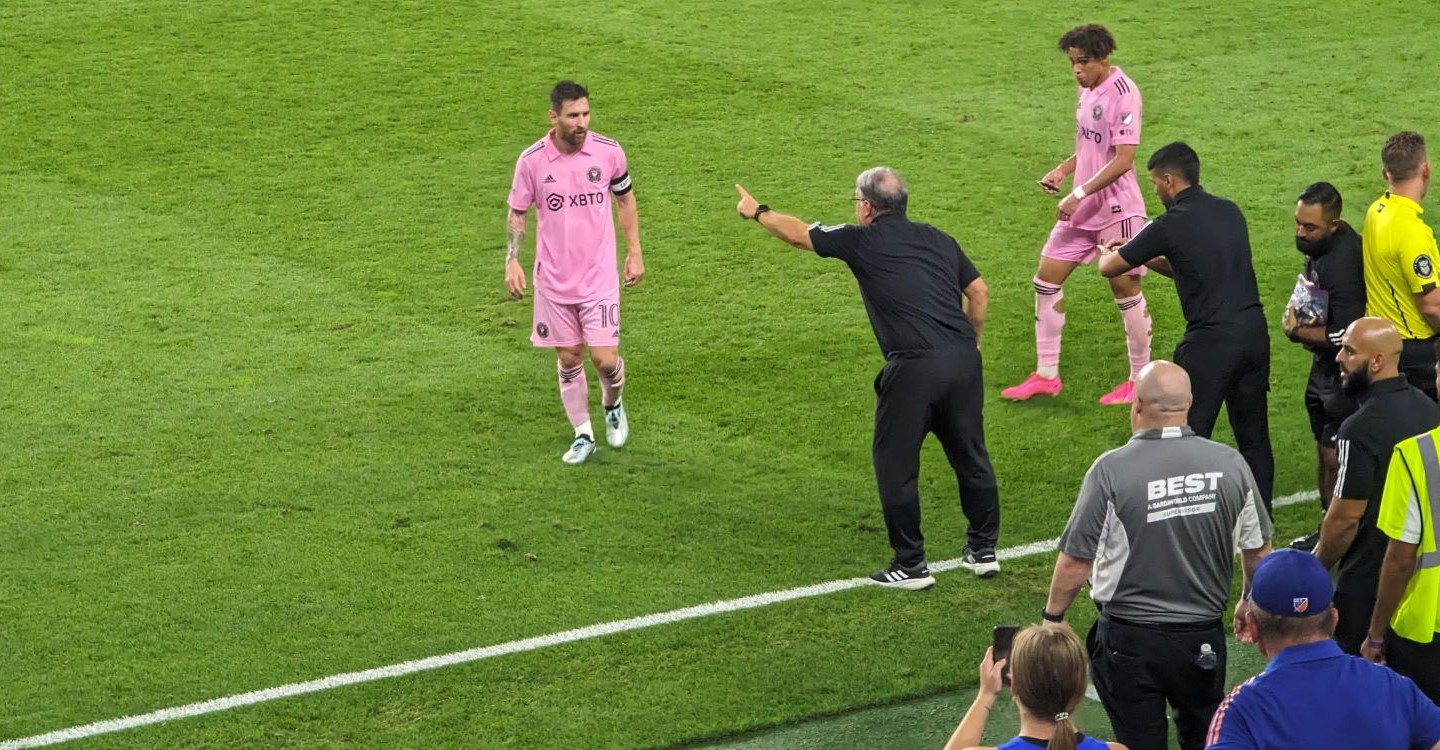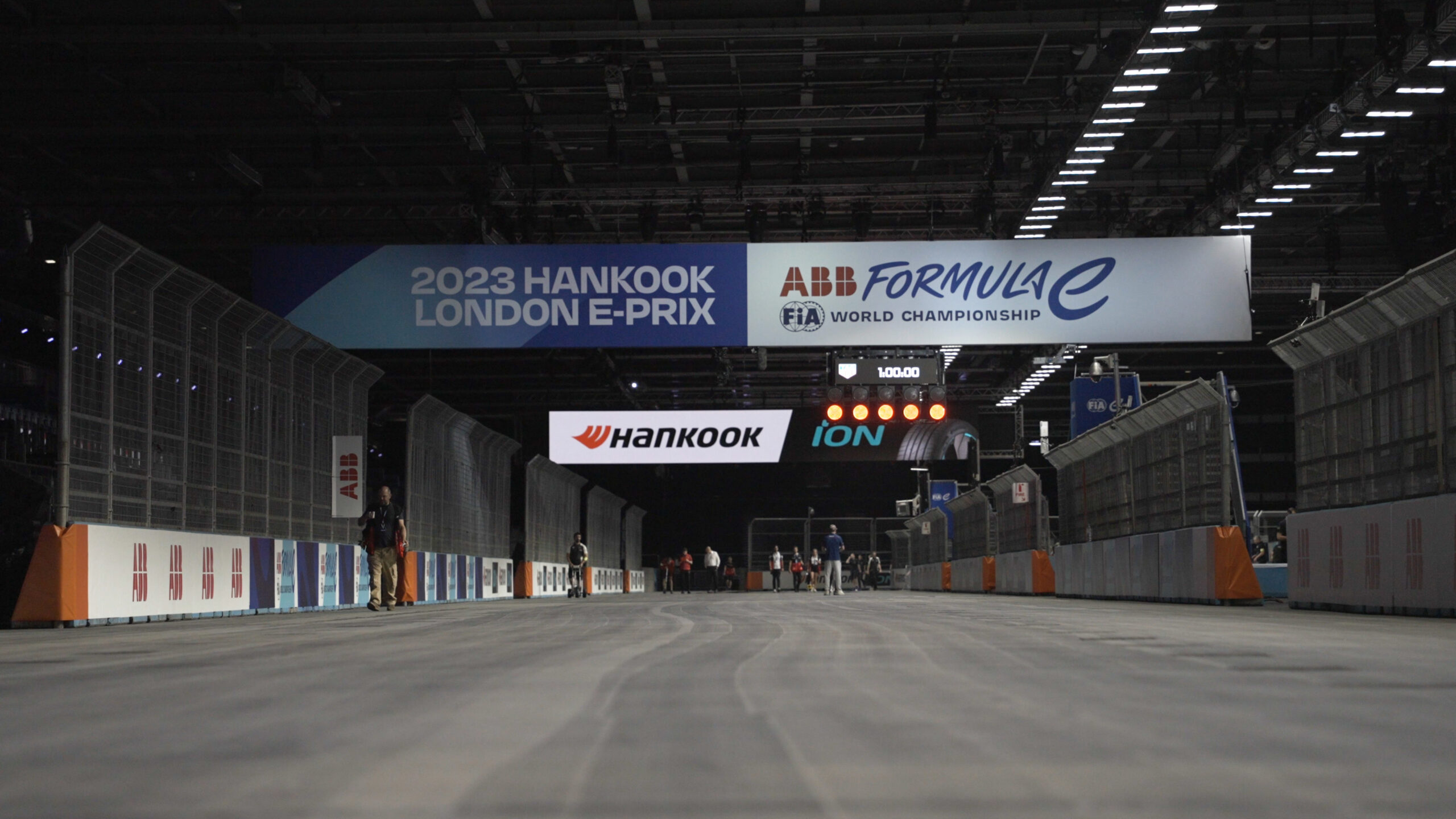Which stadium projects are proving to be especially popular and successful for clients?
“The big one continues to be Fan Zones and fan engagement in general. ‘Arrive earlier, leave later’ has fast become a goal for many clubs and sporting events. Fan Zones aren’t a new concept, but they continue to evolve, with areas being re-purposed and new stadiums allocating space for that very purpose.
“The focus is making deeper connections with fans, offering new opportunities to partners and creating more social buzz. This can take many forms, from ambassadors to VR, dwell spaces to hands-on activity. There’s often an element of ‘keeping up with the Joneses’ and those wanting to be the first – which is great for us, as we thrive to push the boundaries.”
What about the non-matchday elements?
“Tours, museums and functions, for example, all offer opportunities to elevate the stadium experience. Families are a notable focus with engagement, interactivity, spot photo opportunities and more, all of which adds to a great shared experience and builds connections with new generations.”
What role will technology play in the stadium experience for fans in the coming years?
“More technology is certainly expected – LED, for example, can deliver impact, flexibility, content and interactivity. That said, it shouldn’t be at the cost of the integrity of a stadium. “The wider ‘day out’ experience, rather than just going to the game, is a general driver and has lots of scope to explore in terms of music, food and the festival feeling.
“It’s an exciting time. However, speaking as a football fan, we should never lose sight of why people are there – the main event. It’s about amplifying the build-up, building the atmosphere, enhancing the overall experience and getting people closer to their heroes and their passion. Nothing should dilute or distract from that.”
What are the most important factors that contribute towards a positive stadium experience for visitors?
“Apart from your team winning, the basics remain the cornerstone of a positive stadium experience. Good wayfinding and friendly staff, for example, should never be compromised.
“Beyond that, I think a large part is visceral and the sum of many considered parts executed well through a journey and environment, with brilliant impact and engagement in the right places and times, whether that’s colour, imagery, graphics, messaging, print, digital, venue dressing, 3D elements, sound, people… the list goes on. Then there’s a bit of the unexpected.”
And what are the most important factors that are sometimes overlooked?
The common things I see being overlooked at stadiums are fairly basic, including clutter, general wear and tear, and inconsistencies in branding. It is understandable – after all, stadiums are big places and times move fast – but they are homes to be proud of.
How vital is it to acknowledge the emotional connection a fan develops with a stadium?
“We’re hugely passionate about the power of stadiums. We’re sports fans at heart and know what it is to have that connection with a home ground, or be impressed when visiting a stadium for the first time.
“Those experiences feed our passion and approach towards creating great sports-focused brands which in turn make stadiums meaningful, memorable places.”
When you are creating the initial concept for a stadium ‘rebrand’, what are the key considerations?
“We take a holistic approach to all of our work, and stadiums have a number of elements to consider and understand. Along with core elements – a badge, set of colours, culture, history – a stadium is part of a club or country’s identity. So, it’s only right that a brand is presented beautifully and consistently.
“A club or country’s brand is of ever-increasing value, defining who they are, what they stand for and how they present themselves. So, a fundamental first step is establishing if that brand exists. If it does, is it current, authentic and flexible? Do we need to create it or develop it? That brand will live and breathe at a stadium, so making sure the mothership is fit for purpose is vital.
“Stadiums can be old or new; some lend themselves to big impact-branding opportunities, some more consolidation and consistency, while others are simply great pieces of architecture that need a light touch. We take the time to understand the venue itself, as well as all user groups and journeys, from die-hard home fans to once-in-a-while visiting fans, players, hospitality guests, partners, media and staff who work there every day.
“It’s a combination of all of these things, spanning the functional to the emotional, that form a foundation for creative development, ultimately giving our clients innovative concepts and solutions which make sense to invest in.”
How often do you believe a sports stadium should undergo a rebrand, and why?
“It’s very circumstantial. If a brand and branding solutions have been created with longevity in mind, it can endure with good upkeep in many areas. If the stadium is a beautiful piece of architecture, branding opportunities may be minimal and more easily changed.
“Flexibility is important though. A stadium will in most cases outlive a brand identity. Partners and sponsors will change, marketing campaigns change, players come and go, so imagery changes, and many stadiums will have aspirations to host other sporting or entertainment events.
“Different areas do have different considerations. A fan concourse obviously has a different purpose and audience to a hospitality lounge or the changing rooms. But they’re part of a whole. We treat it like a brand architecture, but with physical spaces.”
Stadium operators often prioritise operational efficiencies and upgrades rather than the look and feel. Why is the branding important too, and are clubs generally becoming more aware of its importance in the overall stadium experience?
“Operations do generally win and understandably so! As clubs are placing more value on their brands, however, it follows that they increasingly want to see it rolled out at their stadium.
“Beyond an emotional reaction to a great stadium experience with impactful branding, engaging content and activity, clear wayfinding and the like, it isn’t obviously quantifiable. The tangible value of branding, look and feel and the overall stadium experience will become more measurable over time in terms of successful content for campaigns, for example, increased attendances and an elevated commercial appeal.
“It’s not unrealistic to say it can have a direct impact on performance too. Our transformation of King Power Stadium was completed on the eve of Leicester City’s 5,000-1 title-winning season!”
This exclusive interview is part of “Fan XP” – a newsletter designed to keep you abreast of the latest innovations, strategies and more regarding fan experience across the globe. To sign up, please click here.









